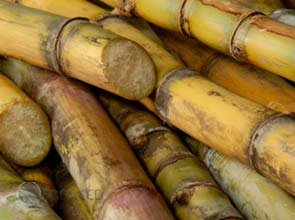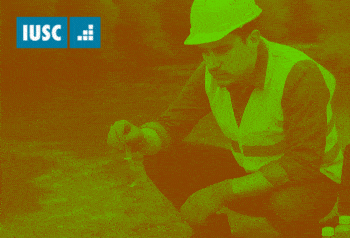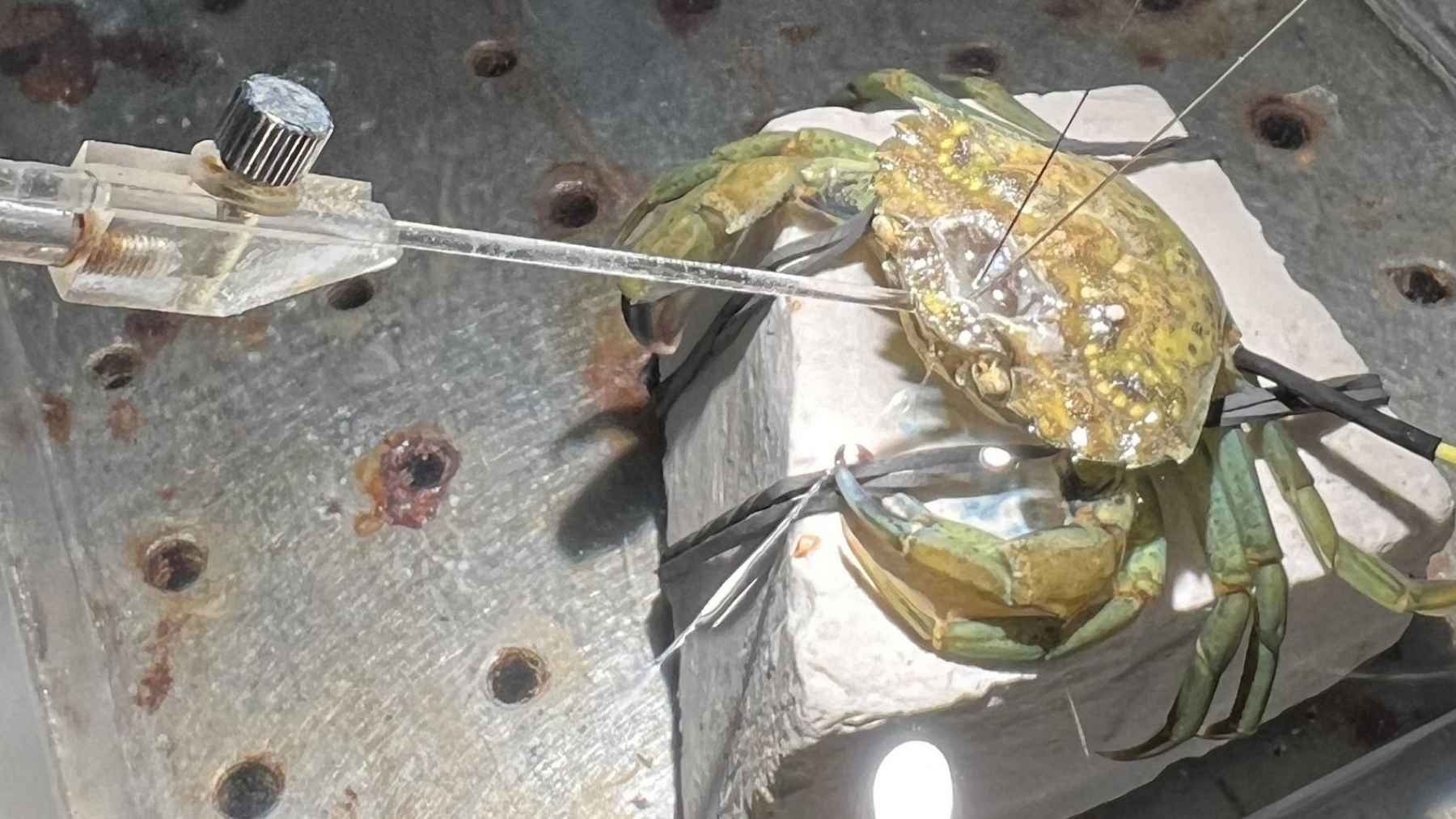The team from Harvard’s Wyss Institute and Harvard Medical School genetically engineered the bacteria to produce the enzymes needed to create sugar, lactic acid and transporters that will allow the materials to be secreted.
The team believes that their innovation offers positive environmental impact as well as potential economic advantages in certain industrial production applications.
“What we’re doing is using genetic engineering to get organisms to act the way we want them to – in this case producing food additives,” said Jeffrey Way, Ph.D., a senior staff scientist at the institute. “These discoveries have significant practical implications in moving toward a green economy.”
Because the production methods use photosynthesis, which only requires the use of carbon dioxide and sunlight, the cost of production will be significantly lower than traditional processes.
Also, the photosynthetic bacteria actually take carbon dioxide from the atmosphere to create a useful end-product, making the production process carbon-neutral.
Sugar is primarily produced from sugarcane, which grows only in tropical and subtropical climates. However, the new bacteria will enable the production of sugar and sweetening products in locations where traditional sugar crops are not found.
By allowing production almost anywhere in the world, the bacteria can greatly reduce the sugar industry’s carbon footprint, as it will lessen the need to transport sugar from producing countries.
The ability of these bacteria to produce sugar is a significant breakthrough, Mr. Way said, as it was never produced through the use of genetic engineering.
In addition, its low-cost production of lactic acid can also lead to greater availability of biodegradable plastics.
Lastly, the bacteria can also be used in carbon capture and storage methods as it has the ability to capture carbon dioxide emissions from power plants and industrial facilities.
The team’s research was published in the June issue of Applied and Environmental Microbiology.






















